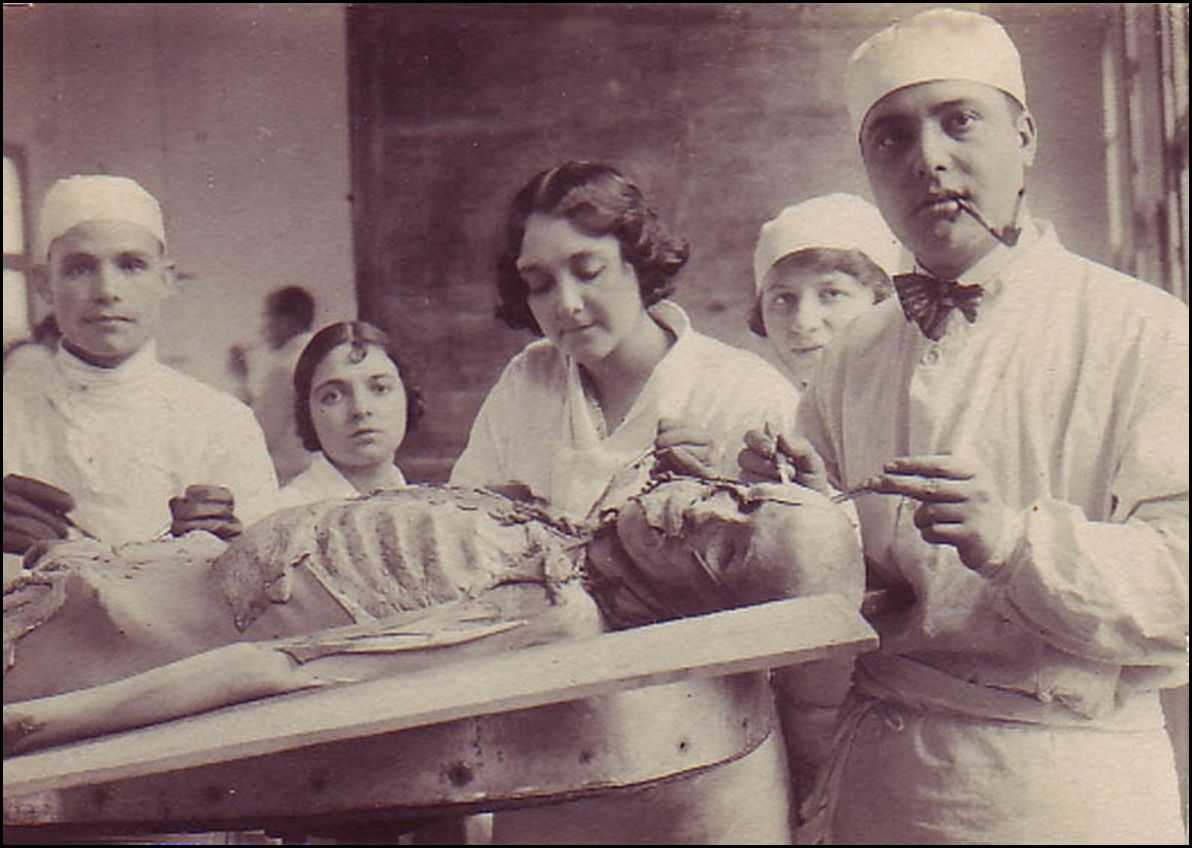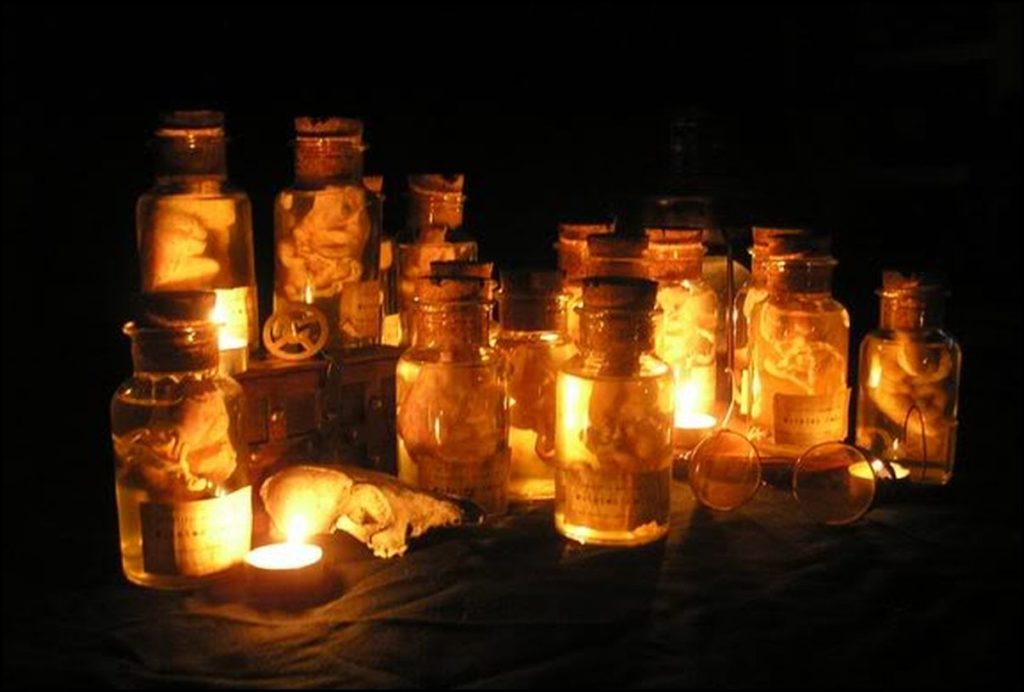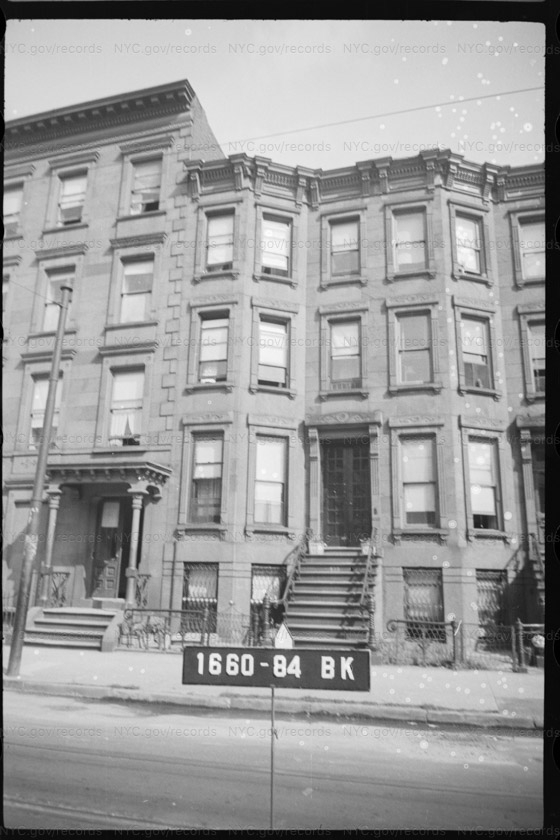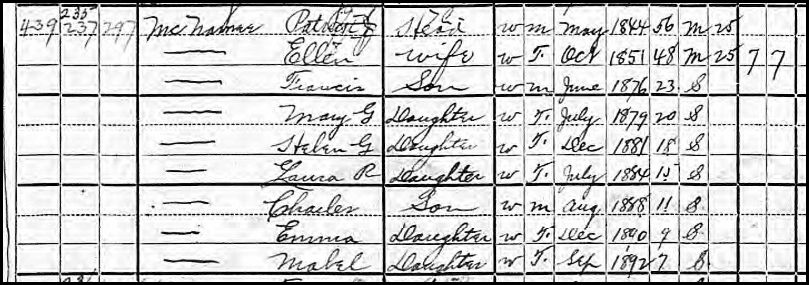THE “WET SPECIMEN” OF HALSEY STREET (1899)

Brownstone Detectives investigates the history of our clients’ homes.
The story you are about to read was composed from research conducted in the course of one of those investigations.
Do you know the history of YOUR house?
********************************************************************************************************************************
When a body was discovered in the cellar of a brownstone on Brooklyn’s Halsey Street, the police were immediately notified and the “owner” hunted down…
The medical profession, like most other professions, was much less regulated in the 19th century than it is today. Those who worked within the medical studies of the period – involving the dissection of corpses, the experimentation on recently live human organs, or the display of exoskeletal remains – were just as similarly unregulated.

There was a medical practice, however, which was associated with the medical profession but which also appeared more morbid – it provided for education of medical students through the preservation (and display) of certain organs, animals, or tissue specimens. This practice appears to have fallen, however, into an altogether different grouping of practices – at least as regarded the general public.
This was the practice – long important to the preservation of biological specimens for observation and continued study – of the preservation of biological tissue within alcohol-filled jars – otherwise known as “wet specimens.”
While these specimens were a common site within a laboratory, hospital, or teaching school, such specimens were rarely known to disappear from these locations and, more rarely so, to find themselves upon the cellar shelves of a recent home buyer…

SOURCING THE “WET SPECIMEN”
The practice of preserving biological tissue started in The Netherlands in the 1600s by a Dutch botanist by the name of Frederik Ruysch. Ruysch was one of those scientists who studied anatomy but soon discovered how costly it was to buy cadavers. Instead of continuing to have them delivered to him at a fee he came up with a process for embalming specimens within a fluid.
Many of the specimens he kept were human infants and fetuses, according to Mickey Alice Kwapis, a modern day taxidermist. These he purchased from midwives who were on hand when such a loss occurred. Interestingly, in addition to preserving the fetuses in jars, he also embalmed and mummified them and posed them in still-life dioramas. (His daughter dignified these pieces by decorating them with flowers and shells.)
By the 19th century, many of the sourcing practices changed, although the use of wet tissue specimens continued to be a part of the medical school teaching history.
Even so, when the body of an infant – preserved in alcohol – was discovered in the cellar of a house on Halsey Street, it caused no small amount of alarm to the rest of the neighborhood…
Thus, the police were brought in.
TRACKING DOWN THE OWNER OF A CORPSE “LEFT BEHIND”

No one expects to find a corpse in the cellar of their home. Especially in a house located in a neighborhood filled with respectable residents.
At No. 439 Halsey Street, between Lewis and Stuyvesant avenues, the discovery of just such a cadaver was no less mortifying when it was revealed that this corpse did not comprise a set of fully developed remains – but those of an infant.
The whole discovery came about when the house at this address passed into the possession of a new homeowner. After purchasing the property, real estate agent Patrick McNamee employed a cleaner to remove the items remaining in the house from the last owner. Before moving into the property with his wife, two sons and five daughters, he wanted the place “broom swept.”
The police, alerted, visited the house and began making inquiries, attempting to discover the owner of the body.
But the discovery of human remains usually halts any ongoing work in a house…
WHO FORGOT THEIR CORPSE?
The police learned that the house had been recently occupied by a “Dr. Neilson, who moved to 753A Union Street.”

Dr. John E. Neilson, little more than 27 years old at the time, was likely a research doctor or was teaching in a medical school when he was a boarder at No. 439 Halsey Street. A Norweigian immigrant who landed on our shores in 1880, he was single and likely had arrived in this country to study medicine.
And it was medicine that was about to land his name in the newspapers when the police got a confession from the young doctor who admitted to his having “had the body in his possession” and that “he intended to remove it, together with a number of articles that he had left behind temporarily in the cellar.”
The identity of those articles is lost to time, but it appears that Neilson took them with him and deposited them – with the infant – in the cellar of his new home at No. 753A Union Street.
———————————————————————————————————————–
 Brownstone Detectives is an historic property research agency. Our mission is to document and save the histories of our clients’ homes. From our research, we produce our celebrated House History Books and House History Reports. Contact us today to begin discovering the history of your home.
Brownstone Detectives is an historic property research agency. Our mission is to document and save the histories of our clients’ homes. From our research, we produce our celebrated House History Books and House History Reports. Contact us today to begin discovering the history of your home.